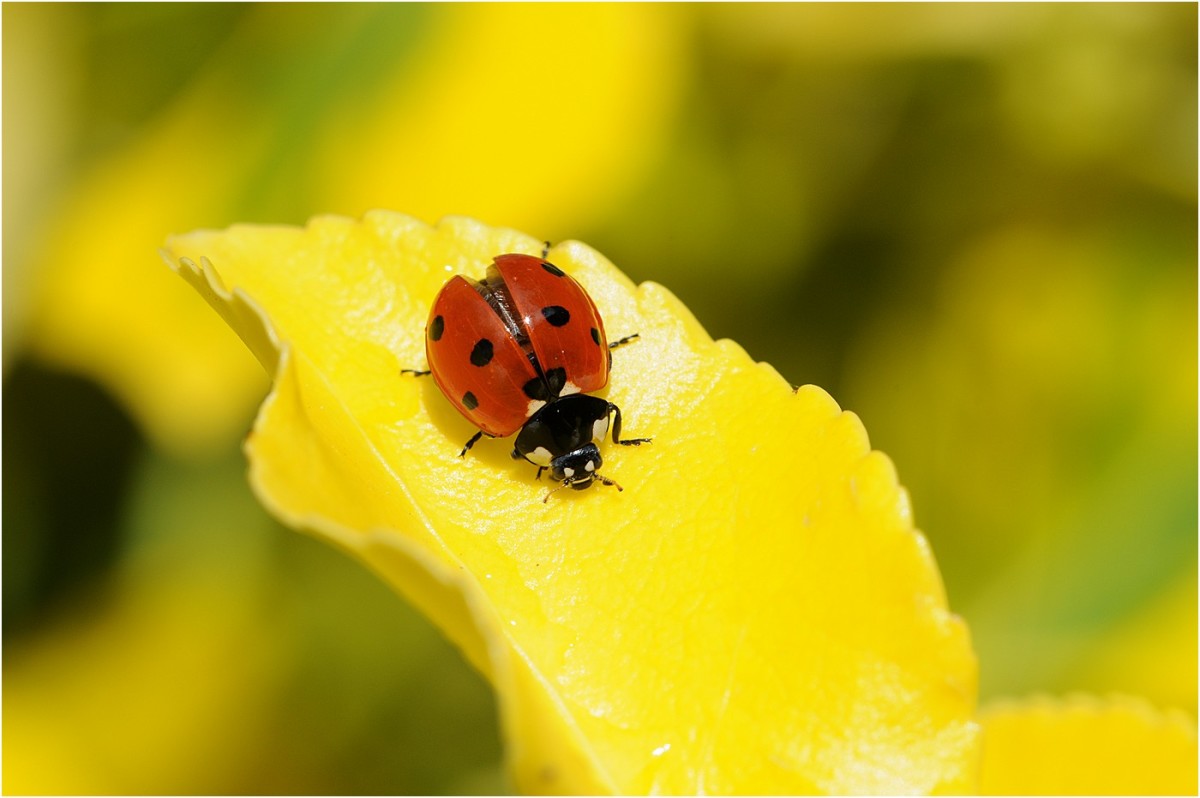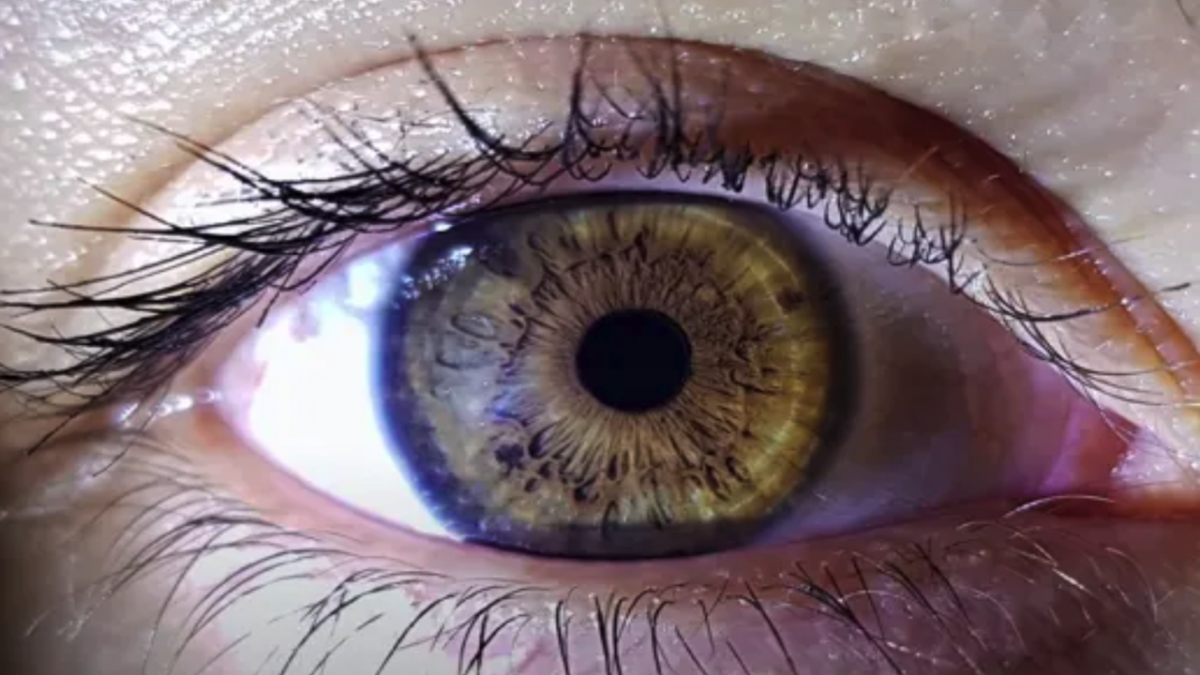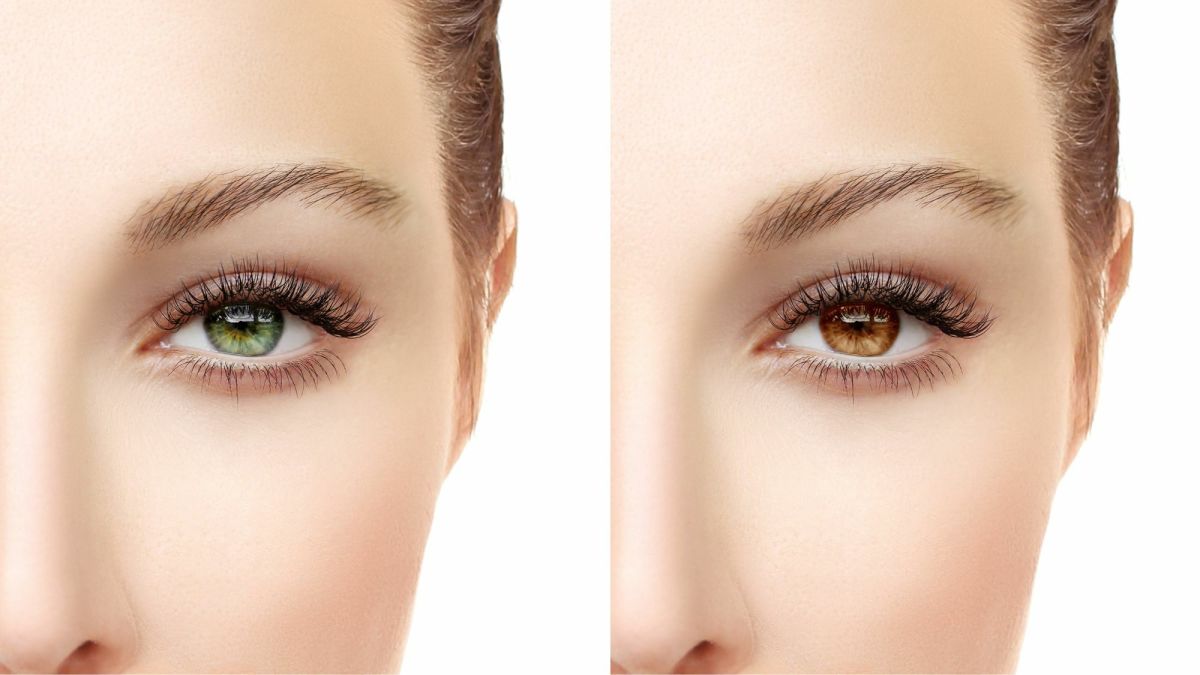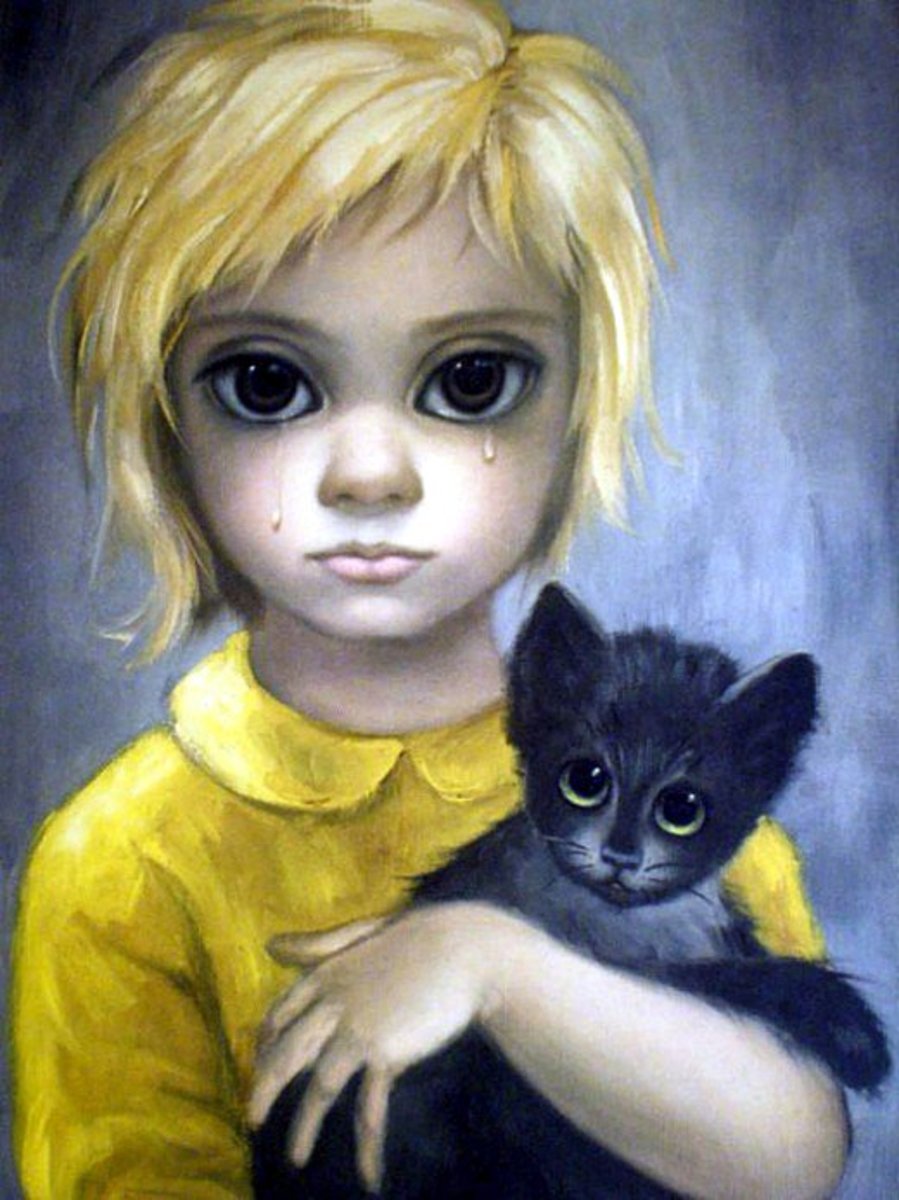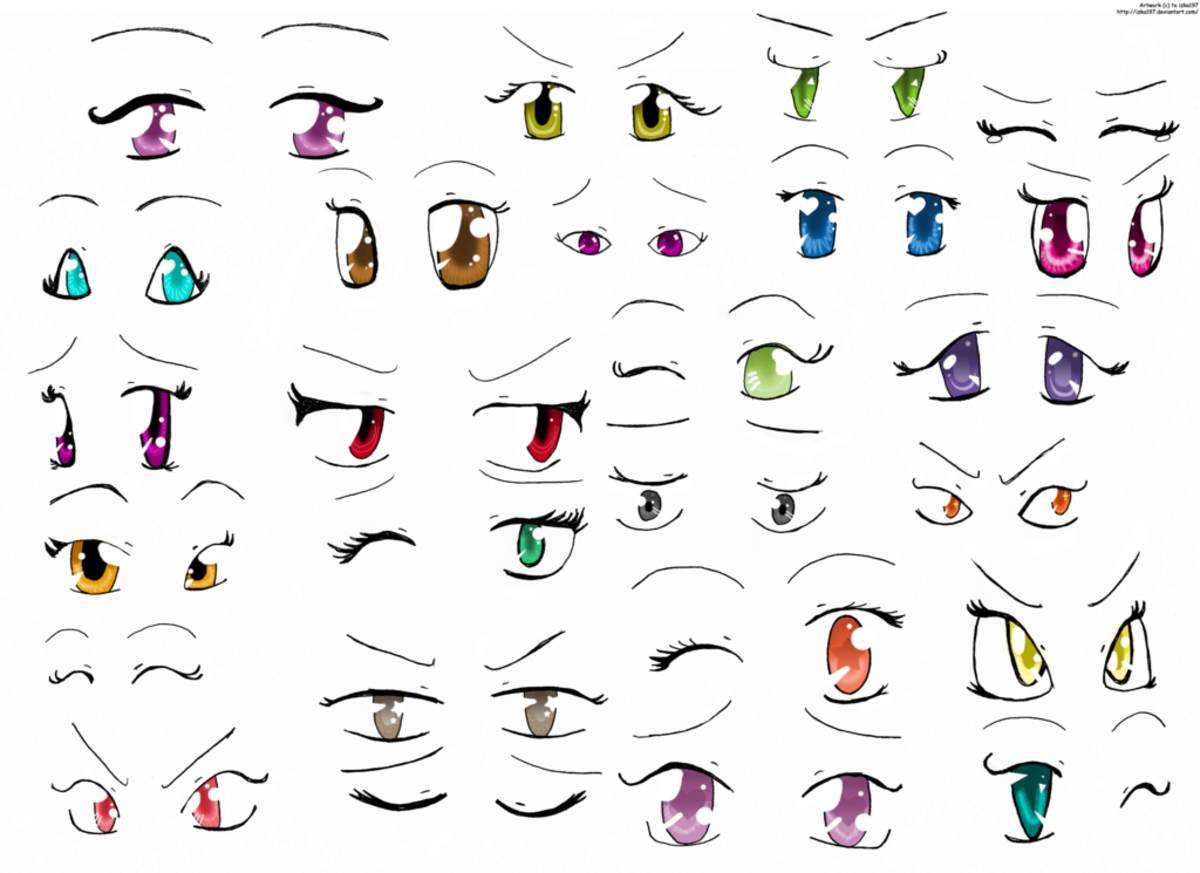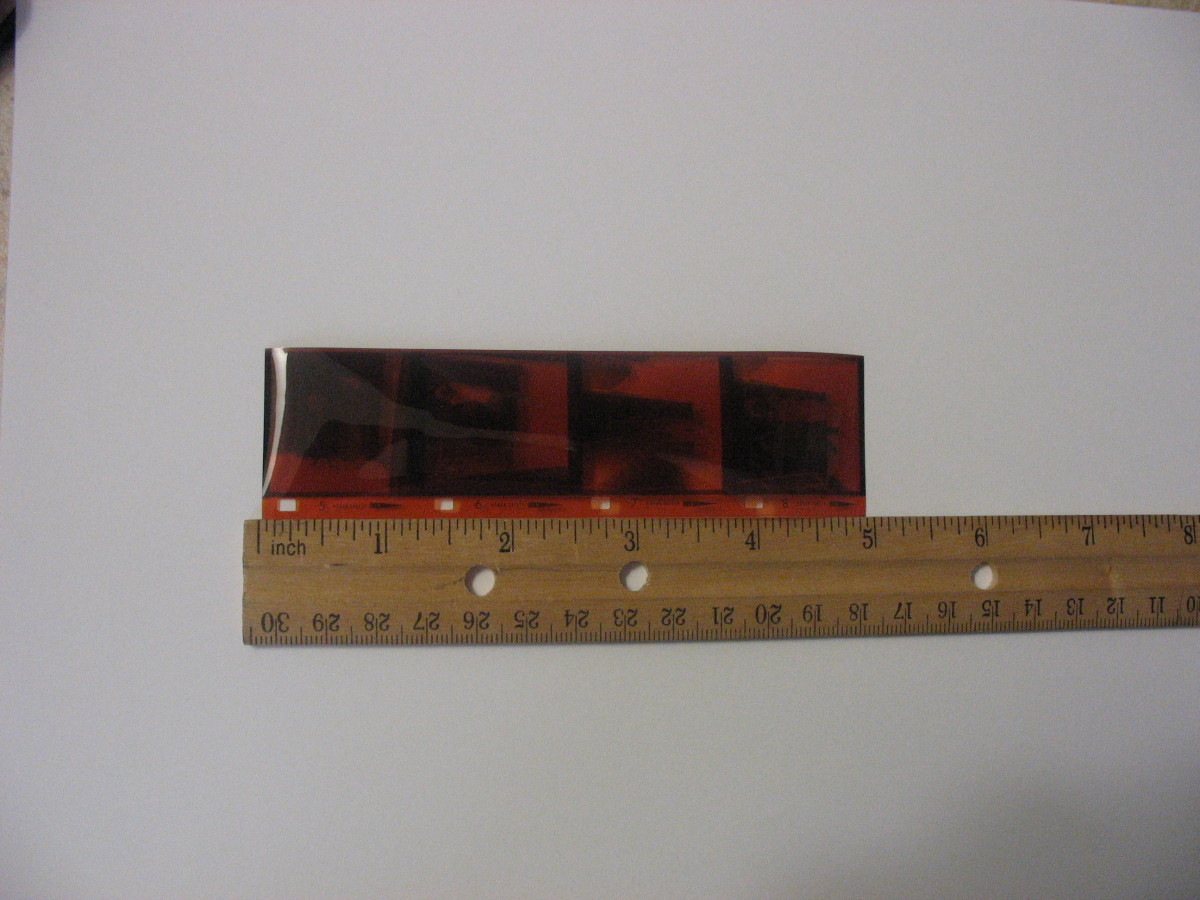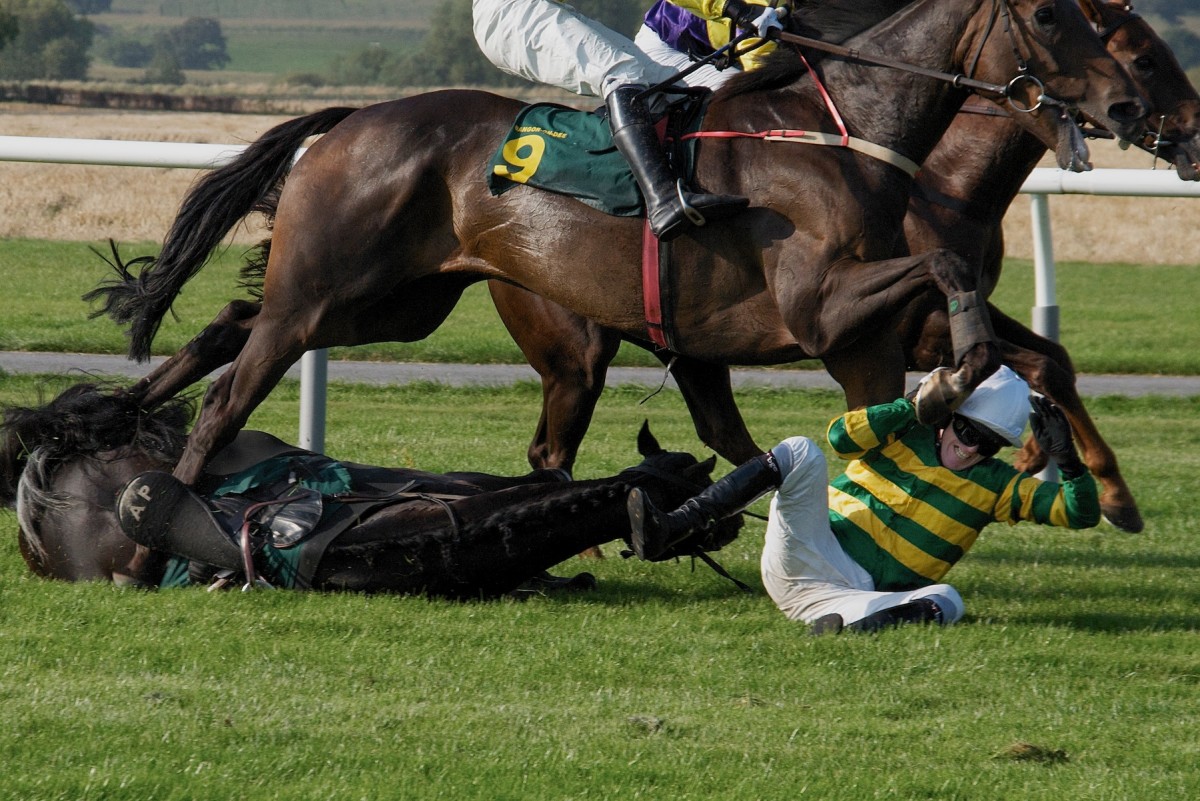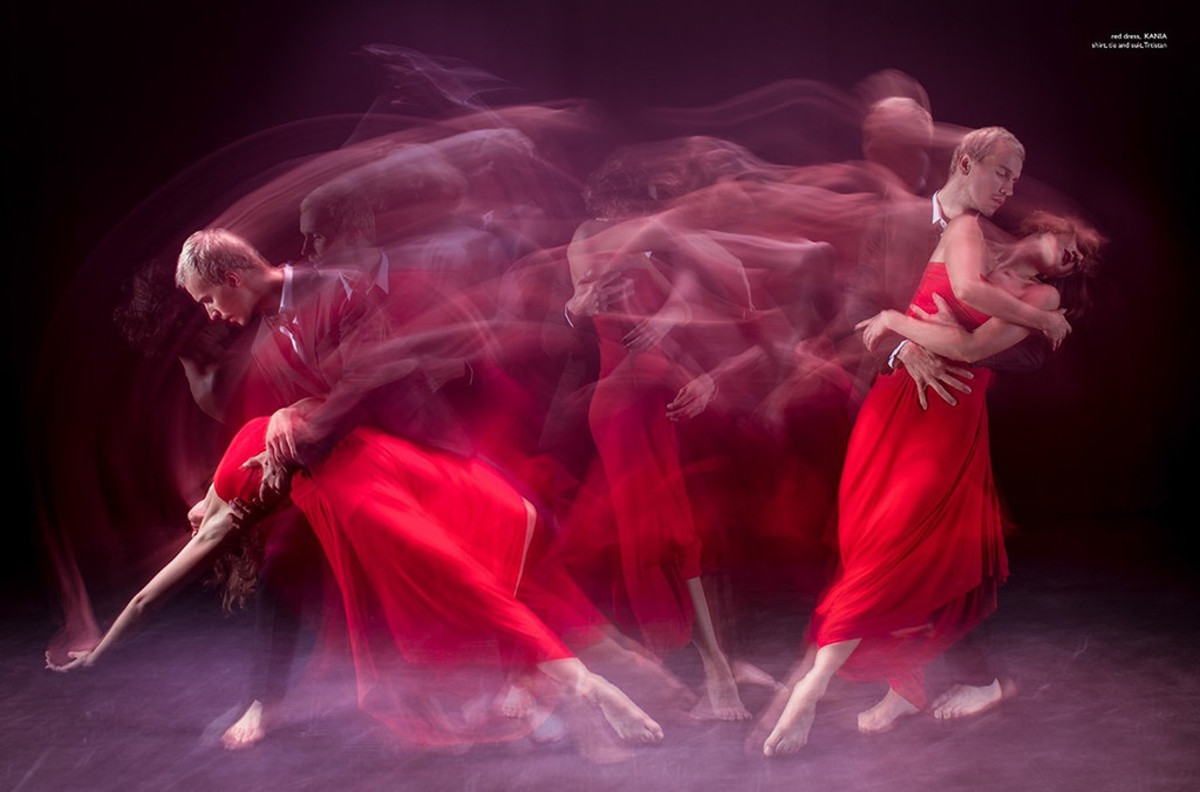Photographing the Eye
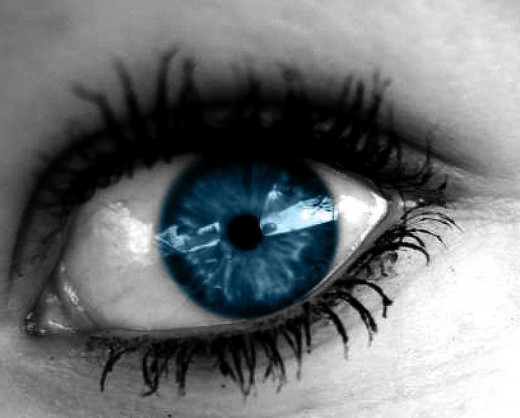
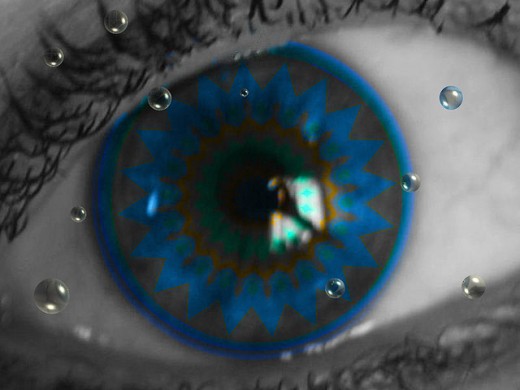
Before we get to this article, first ask yourself what is the first thing or rather where do your eyes go when you first see a photograph of a person or an animal, even of a figurine or doll?
And have you also noticed how popular, to the point of having a cult following, are the many characters featured in the Japanese art style called anime. And how cute some stuffed animals are and how huge their eyes seem to be?
Many advertisers and marketing professionals have known for quite a long time that the human eye, better yet the human brain by nature, will instinctively seek the eyes first and foremost and proceed from there to evaluate the rest of the image. This has also been studied by quite a few research groups and doctors.
"A study by the University of Barcelona (Spain) has analysed which facial features our brain examines to identify faces. Our brain adapts in order to obtain the maximum amount of information possible from each face and according to the study the key data for identification come from, in the first place, the eyes and then the shape of the mouth and nose." www.phys.org/inews
A photographic project featuring mostly the eyes of people and animals is bound to be well received by many photographic stock houses and other publications. There is something about an image of a beautiful eye which seems to captivate anyone who fixes their gaze upon it and pardon the pun.
The project itself is not really difficult to accomplish but it should encompass a wide variety of subjects; many eyes or risk becoming tiresome very quickly.
With people you really will not need anything more than a steady hand or tripod and a zoom lens that allows you to stand some distance away yet get in close to the eye. This will avoid recording most of your own reflection on the subject's eye.
The same thing holds true for animal subjects. Not only should you avoid showing your own reflection but you will probably not be able to take their photographs unless you do so with a good zoom lens. Not to mention that for some subjects it is definitively safer for both of you.
You should focus on trying to record images of human eyes, bird eyes, the eyes of some mammals, reptiles and other species, in other words variety.
The eyes of many bird species, especially raptors are some of the most beautiful specimens that can be found notably those of many owls. Do make a concerted effort to include them in the project.
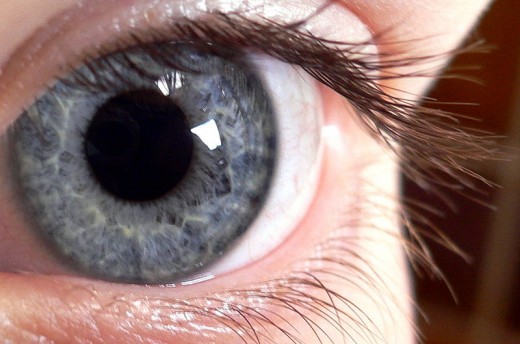
Your images, like mentioned before, are very suitable for most photographic stock house submission. Just ask for their guidelines first.
Various publishers especially many of the greeting card companies as they can use these images in many of their designs.
For some poster publications and even for some nature publications, zoological editorials and even for book publishers and the most striking images can be shown at some fine art galleries as well. And lets not forget using them in the production of an E-book.
However, they must be top notch images not one single fault can be present especially at the magnification ratios needed to make these images stand out.
Useful tips include not using a flash when photographing your subjects, as using it will more than likely result in a bright highlight and unwanted reflections.
You should add a little bit of the environmental elements or a small part of the surrounding area around your subject's eyes too.
This makes the image more interesting to your viewers as they will often remain fixated upon the image trying to identify the eye's owner.
If you are handy with a digital editing program such as Photoshop, then your range expands as you can make some images more striking in their own right by either adding color or subtracting it.
- http://photographiccoach.com/903/photographing-eyes-tips-how-to-photograph-the-subjects-eyes/
When taking portraits of people, I’d suggest all of you learn about lighting portraits and aiming your camera lens at that “window” eh? Get your composition and a sharp focus on the subjects eyes and wait for the best images of eyes. just wait, oh.
© 2012 Luis E Gonzalez


